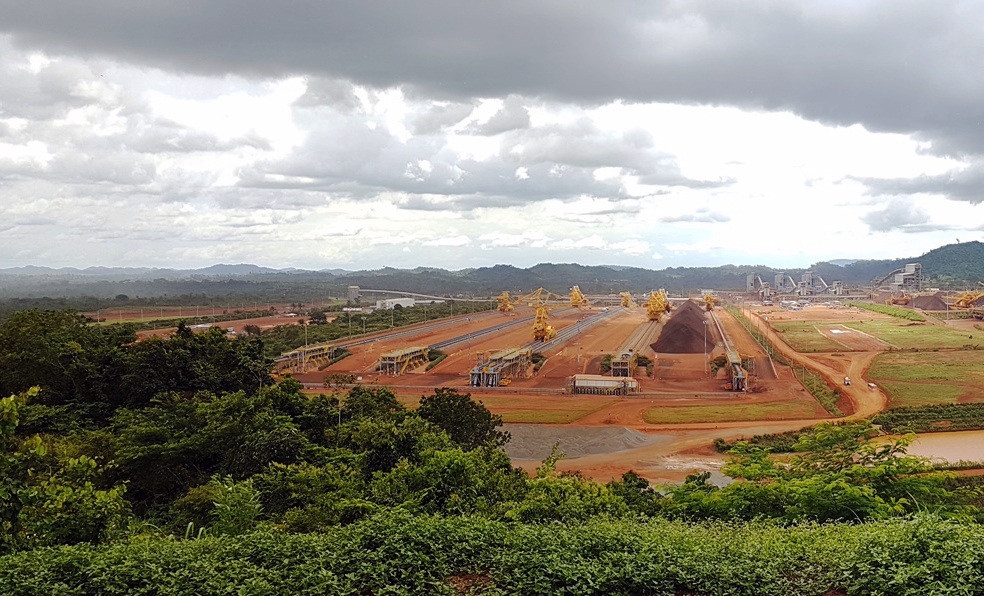LASE has provided 15 LaseBVC conveyor belt measuring systems to Vale’s S11D Complex in northern Brazil. In this huge plant the material volume, which is being transported on conveyors, needs to be determined by specific measurement applications from LASE.
In the Brazilian municipality Canaã dos Carajas (Federal State of Para) Vale opened the world’s largest iron ore mining project in history, last December. After starting with the commercial operation in January, LASE has already begun with the rollout of the application LaseBVC (Bulk Volume Conveyor) and delivered 14 volume measurement system for conveyors in the so called S11D Eliezer Batista Complex. Together with LASE’s longstanding Brazilian partner company C+ Tecnologia the laser-based bulk material measurement systems will be fully commissioned for Vale. “This prestigious project sets a new standard in the mining industry where advanced technology meets high productivity,” LASE reports.
In order to measure the height of iron ore on conveyors as well as its volume, one laser scanner is mounted above each conveyor belt. The scan direction of the laser systems runs across the transfer direction of the conveyed material and generates 2D profiles. These are compared to so called zero-profiles, which have been stored during the initial commissioning of a conveyor belt. By knowing the individual difference and the belt speed, the exact volume can be determined. Additionally, if the bulk density is known, the mass flow can be calculated, too.
By the use of high-resolution laser scanners with a scan ratio of up to 100 scans/sec the material can be recorded even at high transportation speeds. “Special algorithms within the LaseBVC software application for the adjustment and calibration ensure high measurement accuracy. The system can be operated intuitively due to an user-oriented dialogue control and configuration wizards for a simple commissioning. For integration in production plants these common interfaces are already integrated: Ethernet TCP/IP, Profibus DP, Analog 0…20 mA and Serial RS 422. Because of its robust design the application LaseBVC allows a reliable operation even at raw environmental conditions.”











